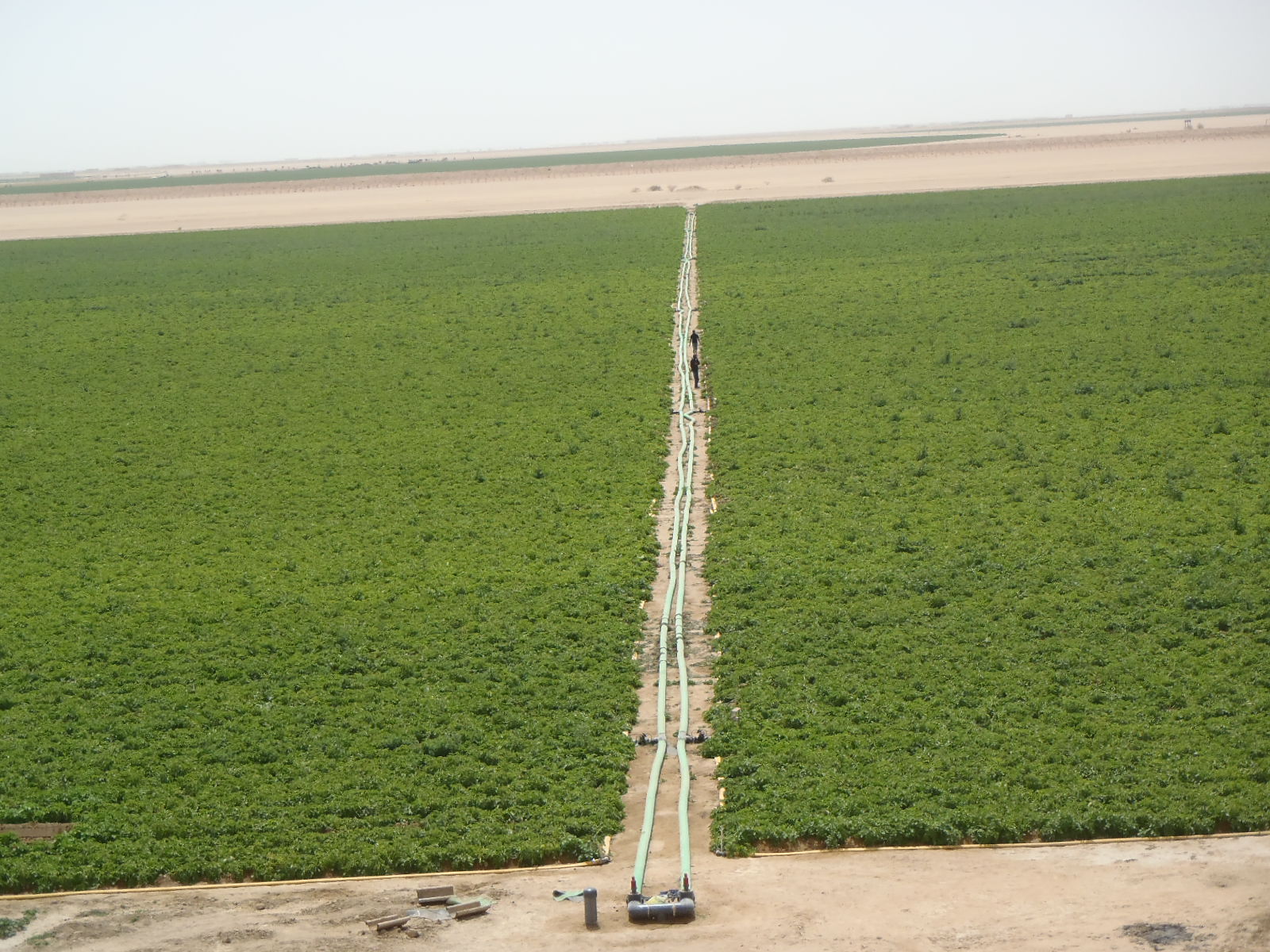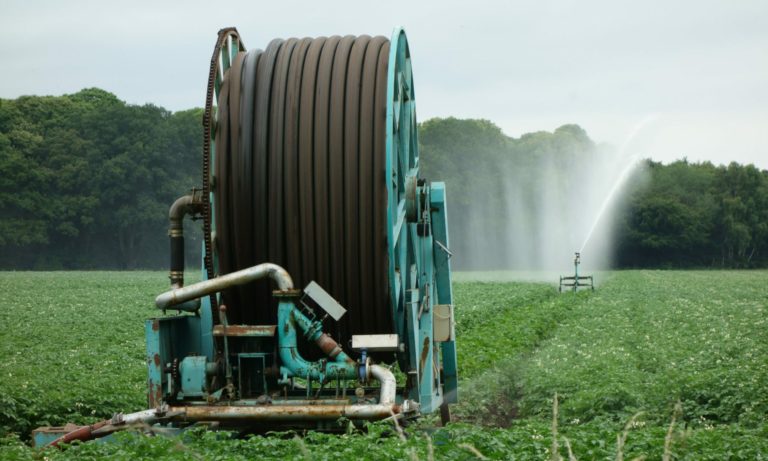In the business economics Binternet accounting of Wageningen UR, the percentage of arable farms that irrigate has increased from 25 percent in 2016 to 45 percent in 2019. The figures for 2020 are not yet known.
It is obvious that the percentage will have increased further in 2020. In the years before 2018, the share of arable farms in the Binternet accounting was limited to a quarter. The average number of hectares per farm that is irrigated annually grew from little more than 5 hectares before 2018 to 13 hectares in 2018 and 2019.

Irrigate risks
Rabobank published the figures in the study: ‘Agriculture: water management indispensable for the future of the sector ‘. The arable specialists Gea Bakker-Smit and Stefan van Merrienboer who conducted the study point out that investing in irrigation is not without risk. Under certain circumstances it can be banned because the groundwater level drops too much or the regional water supply comes under too much pressure. In addition, arable farming has the lowest priority in the so-called national displacement series. These are agreements made by the government about who gets how much water during a period of water scarcity.
High crop balance risk
In the study, Rabobank also outlines that climate change leads to greater annual precipitation amounts, especially in coastal areas. The trend is increasing, but the variation between years is also increasing. In order to respond effectively to climate change in combination with the restrictions that (may) apply to irrigation, the lender advises to use water economically, to retain rainwater, to cooperate regionally, to consider the broad weather insurance and to weigh it up carefully. on which soil high-balance crops are grown.
Rabobank would like to see investments in water management linked to targets for carbon sequestration or increasing biodiversity.
Farmers urged to irrigate responsibly as water scarcity risk increases
Farmers busy watering thirsty crops of potatoes and vegetables are being urged to irrigate responsibly amid concerns over water scarcity in many parts of Scotland. The Scottish Environment Protection Agency (SEPA) has called on all businesses which abstract water to monitor their water usage and equipment to ensure they are operating at maximum efficiency.
It comes in the wake of the agency’s latest water scarcity situation report which cites ‘significant scarcity’ in the Helmsdale and Naver rivers in Sutherland, and ‘moderate scarcity’ in the Wick river in Caithness and the Cree, Doon, Ayr and Irvine rivers in the south-west of Scotland. The Findhorn and Ythan rivers in the north-east, along with the Clyde and Arran rivers are on alert, while the rest of the country, with the exception of Loch Linnhe and Lochy on the west coast, are on an early warning.

SEPA said Scotland only experienced 45% of its normal rainfall in June, and although the country experienced wet weather at the start of May, this followed an extremely dry April. “Water scarcity is resulting in pressures on the environment and water users and businesses abstracting water must take action now to conserve water,” said SEPA chief executive, Terry A’Hearn.
Growers are advised to work together to secure the water available and to consider allocating different times with their neighbours for abstracting to minimise any potential impacts. SEPA also asks all growers to check their irrigation equipment is not leaking, to irrigate at night to avoid evaporation, if they can, not to over-spray, and to consider trickle irrigation.
“SEPA is here to offer support and guidance, so if you are having difficulty obtaining water supply or are concerned about meeting licence conditions get in touch,” added Mr A’Hearn. “If you work with us and try do to the right thing in this next period, you will find a helpful and supportive regulator. If you deliberately do the wrong thing, then you’ll get the uncompromising regulator your behaviour deserves.” Advice for farm businesses abstracting water for irrigation is on the SEPA website at sepa.org.uk







